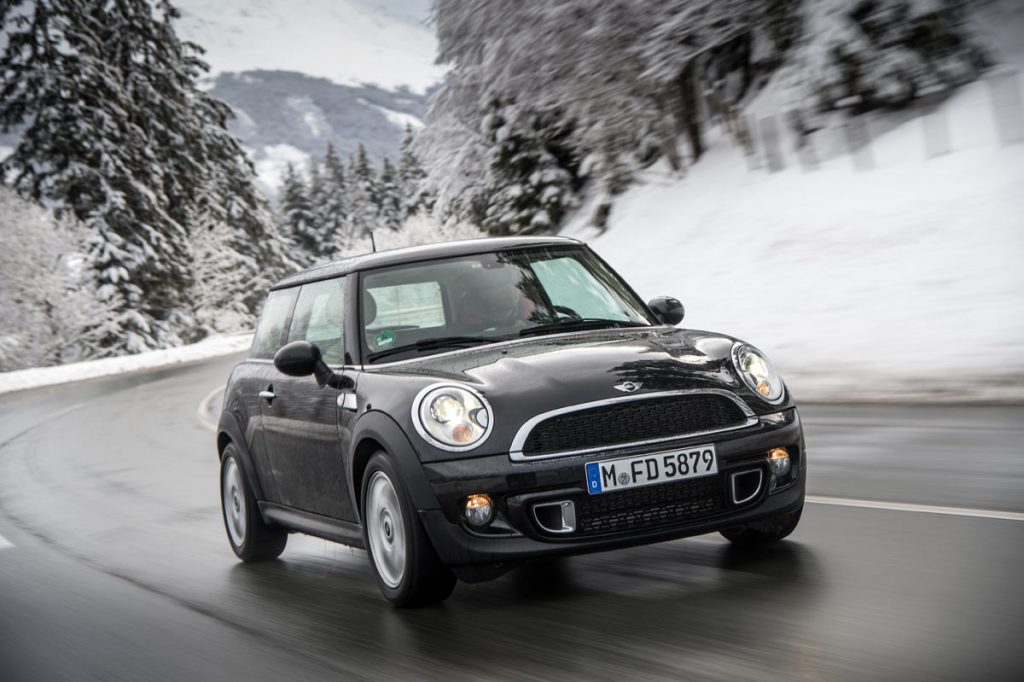
It’s a no-brainer that winter weather. And wet conditions affect the stopping distance of cars. But the matter of question is just how much they affect it? One of the major reasons that contributes to on-road accidents is dogging. And driving too close to the rear of the cars in front, leaving a little gap in between to stop the car on time. Another reason is driving too fast for the conditions and, to be honest, we’re all sometimes guilty of it.
While it’s important to consider the potential hazards you can come across while on the road. It takes something more than that to be a safe driver. It’s critical to be able to stop in time while you’re behind the wheels. Whether the car is coming to a calm, deliberate halt at traffic lights. Or an emergency stop to avoid an accident. With rapid innovations, numerous new AI safety advancements can assist the drivers to stay attentive. And cautious while being on the road, regardless of the weather conditions they confront.
No matter if you’re an experienced driver or a newbie on the road. It’s critical to know car stopping distances as well as the implications that different situations might have on them. The thing to keep in mind is that not just the weather. But also the type of vehicle as well as driving style might have repercussions.
What is Stopping Distance?
Stopping distance is already a point of contention during the hot, dry seasons. But it becomes even more critical during the rainy, winter months. Did you know that driving in the rain can cause your vehicle’s stopping distance to double? To put it in perspective, this sounds self-evident, considering. That wet roads may be significantly more difficult to grip. And what the great majority of drivers don’t realize is that stopping distances are influenced. By air temperature and tire condition.
Stopping distance is accumulated by adding. The thinking distance (the time it takes to process the right time to apply the brakes). To the braking distance (the time your car takes to come to halt once you push the brake pedals). The faster your speed, the greater your stopping distance will be.
How to Reduce Braking Distance?
When it comes to reducing the braking/stopping distance, there are several things you can do as a driver. From eventually choosing high-quality tires. To ensuring the good condition of weather your tire treads. Maintaining your tire pressure, and the maintenance of your brakes. So, let’s dig deep into it:
Choose Good Quality Tires
The quality of the tires you’ve on your vehicle can have a major impact on your braking distance. When you’re traveling at higher speeds in wet conditions with relatively low-quality or budget tires, your car is expected to take extra 10-15 meters to stop as compared to those with premium tires. This difference though shrinks down to around 5 meters in dry weather conditions but is still big enough to contribute to an accident due to lack of ample space as one might anticipate.
Another factor that plays a huge but misleading role in choosing the best tires for your vehicle is when people think that all tires look the same and have no difference other than the name. But there are some apparent differences between winter weather and summer weather tires if inspected properly. Winter tires are not only specially designed to offer a firm interlocking grip with their rather unique tread pattern but are entirely made from different rubber composites. At low temperatures, the specially optimized rubber compound pulls together the road’s surface effectively to provide a firm grip.
Ensure Good Condition of Your Tire Treads
Tires have to have a minimum tread depth of 1.6mm by requirement. Anything worse than this might lead to penalty points on your driving license and could even could even result in some fine. Therefore, it is recommended that you replace the tires well before the treads start to wear down to this level. It’s due to the fact that as the tread on your tires wears down, so does the effectiveness to hold the surface.
But having a tread depth of 1.6mm doesn’t mean that you’re safe to drive on highways at higher speeds as they won’t be able to provide you the grip effectively and you would be risking the stability of your vehicle. Researches have shown that a car at 30mph on a wet road would take 26 meters to come to a halt featuring 8mm deep treads, but the same car with 1.6mm deep treads will have a stopping distance of 43 meters when running at 30mph, which is a huge difference and could anytime contribute to an on-road accident.
Safety experts suggest that one shouldn’t be driving with tire treads below 3mm, as it would only increase your stopping distance by 5 meters with 35 meters at 30mph. If you believe your Mini Cooper requires new tires and are seeking an all-inclusive Tire Replacement Service, you may visit Mini Cooper Workshop in Dubai for high-quality services at affordable pricing.
Keep An Eye On Tire Pressure
The tires should always be inflated to an optimal pressure to provide you safe driving experience. This increases their contact with the road, letting your vehicle come to a halt faster. The deflated tire may make greater contact road’s surface on its extreme parts, whilst overly inflated tires would make the most of contact with the tire’s midsection. Either of these cases could have a detrimental effect on your stopping distance.
That’s why it’s always great to keep checking if your tires are properly inflated every few weeks or before long journeys. Keep in mind to do it when the tires are cold, which means your car has been motionless for at least two hours.
Maintain Your Brakes
It is critical to keep the brakes in good operating order. This entails changing disc brakes before they wear out completely. Furthermore, if you’ve driven through open water, it’s a good idea to slow down and hit the brakes a few times. This will help them dry out and ensure they are ready to use when you need them.






